Here it is!
This is it. My first article writing about what most of you would call your favorite topic: BIG ARMS. Big arms are the holy grail of bodybuilding. Everyone admires big arms and everyone wants to know the secret to getting them. Let me start off by saying that to get any body part bigger in the gym you must eat and eat a lot. You must have a surplus in calories to gain size so increasing calories should always be the first step you take. The second thing you must do is simply work that particular body part more often. If you have an area that is lagging behind other body parts, training it once a week probably is not enough to see improvement. You can expect an article on training weak points soon, but for now, just remember if you want to improve something in the gym you must train it and train it often.
This two-part series will discuss the different hand placements and angles you must train to have the arms of your dreams. This is something that I’m sure most of you haven’t considered in the past so take notes, apply it, and reap the benefits.
Pronated
A pronated grip means that the palm of your hand is facing down. This hand placement is a great way to target the triceps through pressing movements (triceps pushdowns, dips, etc.) You can also target the largely forgotten forearm extensors and brachialis muscles. The extensor muscles are the muscles on top of your forearm when your palm is facing down. The brachialis muscle is the muscle that many people forget about and runs between the triceps and biceps. Training both muscles will greatly improve the size of your forearm and the aesthetic look of your forearm connecting to your upper arm. Using a pronated grip and performing reverse curls with a barbell or EZ bar target both muscles.
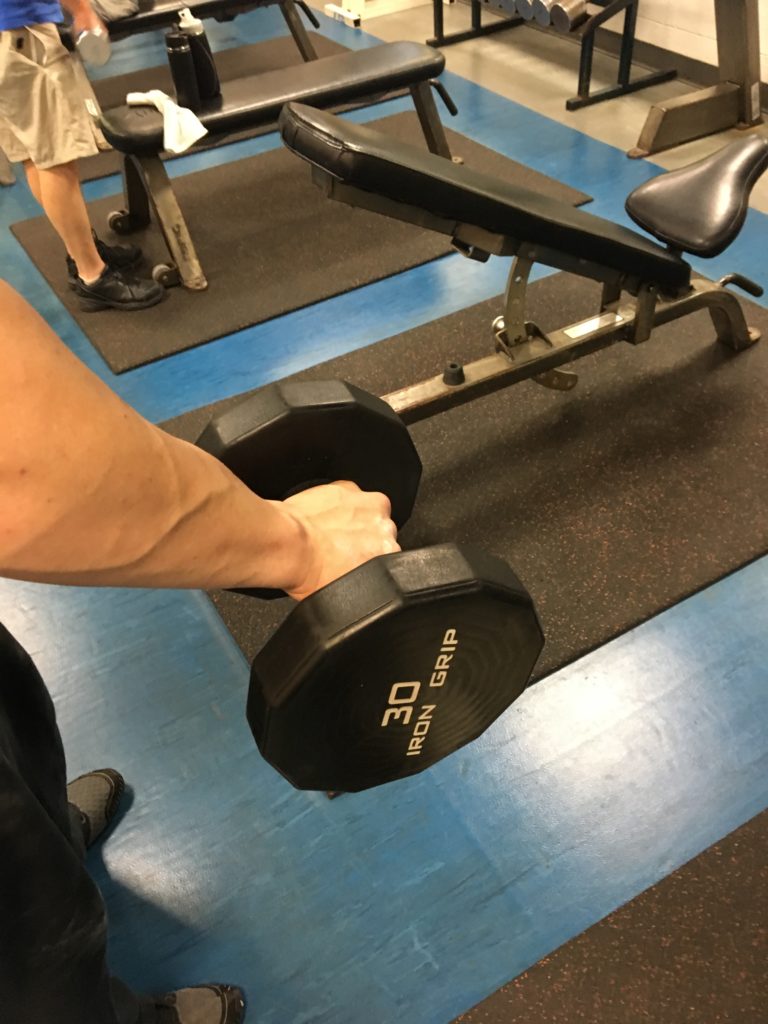
Supinated
A supinated grip means that the palm of your hand is facing upwards. An old trick to remember which position is supinated is to remember that your hand will be in the correct position to hold a bowl of soup. This is the hand placement that is used when performing curls, no matter the piece of equipment being used to execute it. Use this grip with varying widths to hit different angles of the bicep (more on angles in future articles.) I have seen variations of triceps extensions using a supinated grip, but from my experiences, I see better results leaving the supinated grip to bicep work and leaving triceps work to the pronated and hammer grips.
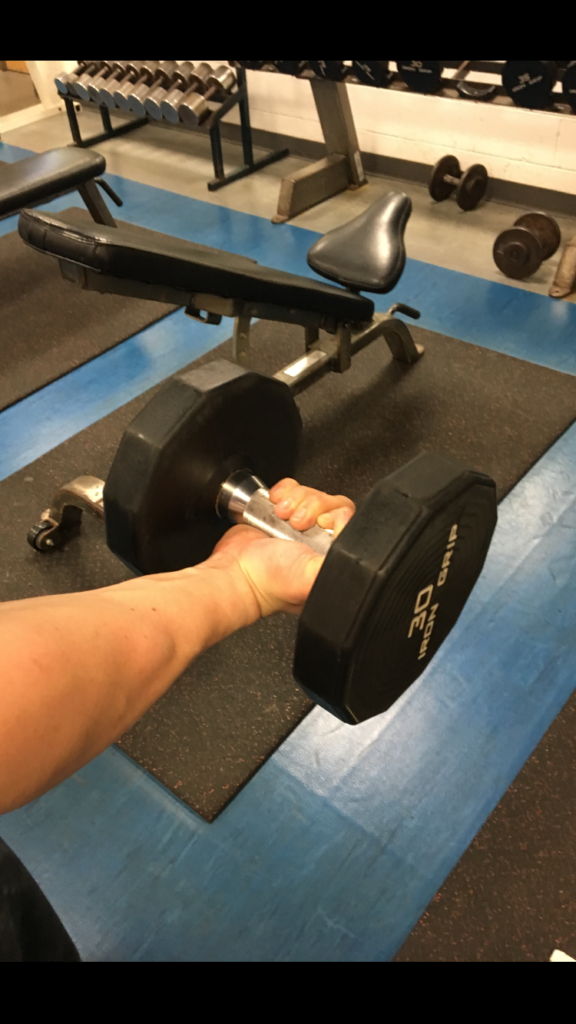
Neutral (Hammer)
A neutral or hammer grip means that the palm of your hands are turned in facing each other. This is usually the strongest position your hands can be in, meaning that the most weight can be moved utilizing this grip. Because of this, hammer curls are a personal favorite of mine. The hammer grip is often underutilized when performing curls which is probably because you don’t get the pump in the peak of your biceps that you can using a supinated grip. The hammer grip will directly target the previously mentioned brachialis muscle. This grip is also used when performing triceps kickbacks. Kickbacks are not a great strength builder for the triceps, but if you focus on it, you will get an awesome squeeze and contraction at the top of the movement. Neutral grip is a great strength builder for triceps when used in pressing movements such as the neutral grip dumbbell press lying on a bench.
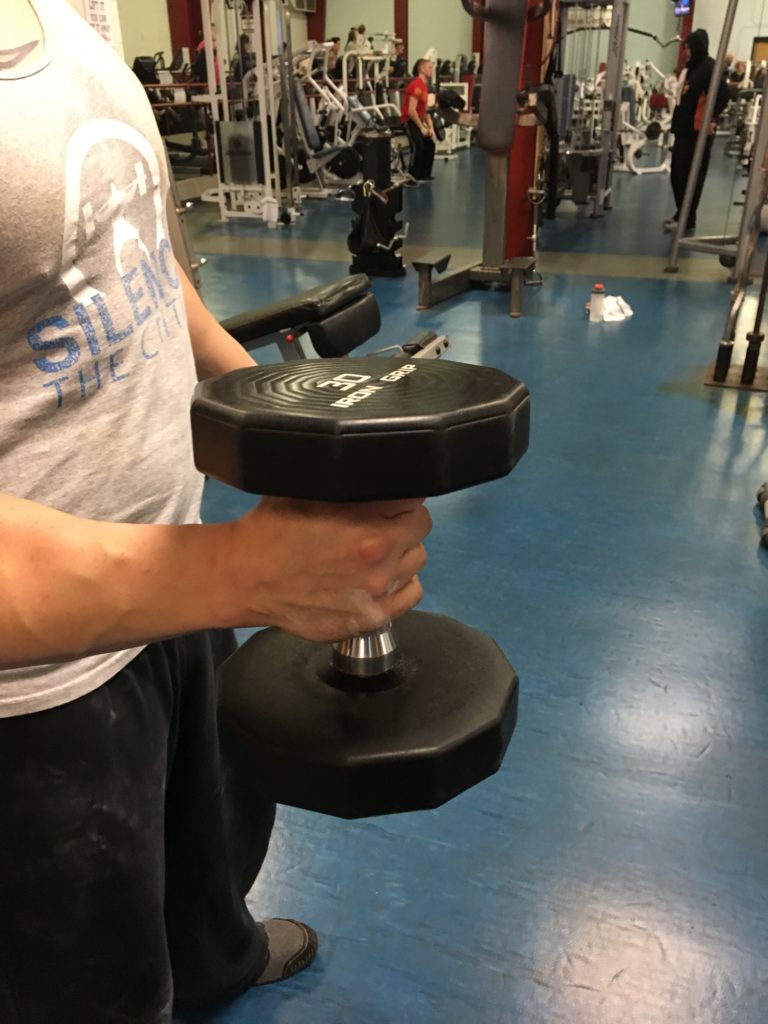
Do Them All
The purpose of this article was to make you aware of the three different grips you can use when working out. This is basic stuff that many people often overlook when putting together a routine. If you have an area of your arms that are lacking (i.e. forearms, triceps, biceps) chances are that you need to make sure you are incorporating all three of these grips in your routine. I personally try to incorporate each grip in every one of my arm workouts to ensure a balanced routine. Even if you don’t remember the exact benefits of each grip, do them all and everything will be covered. Try each grip using different equipment and angles. Keep different angles in mind and pay attention for the next part of this two part series which will cover the different arm angles you should use in your routine. But for now, give the different grips a shot and be sure to let me know what you think of each. Also, be sure to subscribe to this site and share this article so that we can help spread the big arm love.
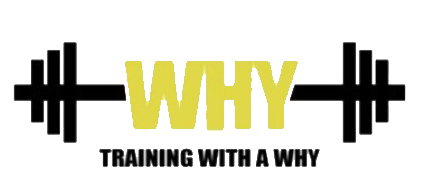
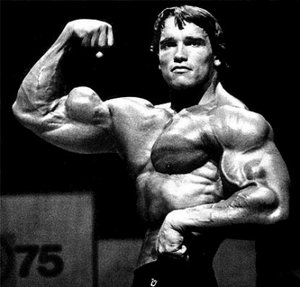

Thanks a lot for the article post. Great.